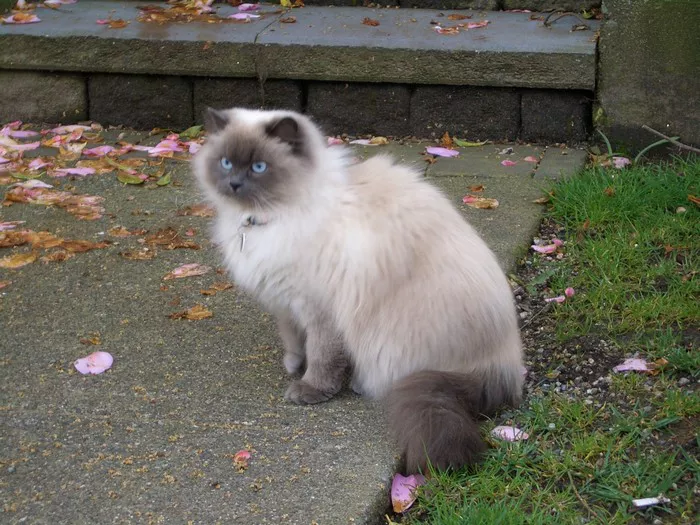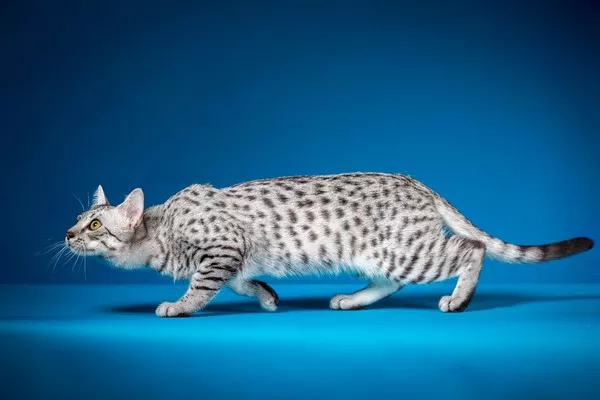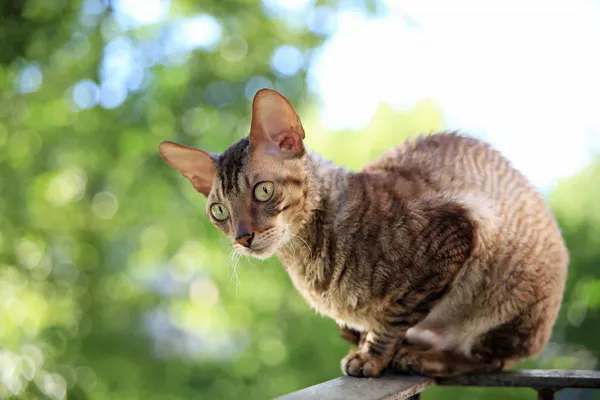Himalayan cats, with their striking blue eyes, luxurious coats, and sweet personalities, are a beloved breed among cat enthusiasts. As with any pet, providing proper nutrition is essential for ensuring your Himalayan cat‘s health and well-being. In this article, we’ll explore the dietary needs of Himalayan cats, discuss the best types of food for them, and provide tips for feeding and maintaining their overall health.
Introduction to Himalayan Cats
Himalayan cats, also known as “Himmies,” are a breed of long-haired cats known for their striking appearance and gentle temperament. They are a cross between Persian and Siamese cats, resulting in a combination of the Persian’s luxurious coat and the Siamese’s color points and blue eyes.
Like their Persian ancestors, Himalayan cats have a low activity level and are prone to obesity if not provided with a balanced diet and regular exercise. Therefore, it’s crucial to pay close attention to their dietary needs and ensure they receive the proper nutrients to support their overall health and well-being.
Understanding Your Himalayan Cat’s Nutritional Needs
Before delving into specific dietary recommendations for Himalayan cats, it’s essential to understand their unique nutritional needs. Like all cats, Himalayans are obligate carnivores, which means they require a diet high in animal-based protein to thrive. Their dietary requirements include:
Protein: Protein is the most crucial nutrient for cats, as it provides essential amino acids necessary for muscle growth, maintenance, and overall health. Himalayan cats require a diet that is rich in high-quality animal-based protein sources, such as chicken, turkey, fish, and beef.
Fat: Fat is another essential component of a cat’s diet, providing a concentrated source of energy and essential fatty acids. Himalayan cats require moderate levels of fat in their diet to support healthy skin and coat, as well as to provide energy for their low activity level.
Taurine: Taurine is an amino acid that is essential for cats’ heart health, vision, and reproductive function. Unlike dogs and other animals, cats cannot produce taurine on their own and must obtain it from their diet. Therefore, it’s crucial to feed Himalayan cats a diet that is rich in taurine, which is typically found in animal-based protein sources.
Vitamins and Minerals: Himalayan cats require a balanced blend of vitamins and minerals to support their overall health and well-being. This includes vitamins A, D, and E, as well as minerals such as calcium, phosphorus, and magnesium. A high-quality cat food formulated specifically for adult cats will typically contain all the essential vitamins and minerals your Himalayan cat needs.
Choosing the Right Food for Your Himalayan Cat
When it comes to feeding your Himalayan cat, choosing the right food is essential for ensuring their health and well-being. Here are some factors to consider when selecting cat food for your Himalayan:
Quality Ingredients: Look for cat food that contains high-quality, animal-based protein sources as the first ingredient. Avoid foods that contain fillers, by-products, artificial flavors, and preservatives, as these may be less nutritious and more likely to cause digestive upset.
Life Stage and Health Considerations: Consider your Himalayan cat’s life stage and any specific health considerations when choosing cat food. For example, kittens require a diet that is higher in protein and calories to support their growth and development, while senior cats may benefit from a diet that is lower in calories and fat to prevent obesity and age-related health issues.
Wet vs. Dry Food: While both wet and dry cat food can provide the nutrients your Himalayan cat needs, wet food has the advantage of providing additional hydration, which is important for cats’ urinary tract health. Consider incorporating a combination of wet and dry food into your Himalayan cat’s diet to provide variety and ensure adequate hydration.
Special Dietary Needs: If your Himalayan cat has specific dietary needs or health conditions, such as allergies, food sensitivities, or obesity, consult with your veterinarian to determine the best type of food for them. Your vet may recommend a prescription diet or specialized cat food formulated to address your cat’s unique needs.
Feeding Your Himalayan Cat: Tips and Guidelines
Once you’ve selected the right food for your Himalayan cat, it’s essential to establish a feeding routine and monitor their food intake to ensure they maintain a healthy weight and condition. Here are some tips and guidelines for feeding your Himalayan cat:
Establish a Feeding Schedule: Feed your Himalayan cat on a regular schedule, with set meal times each day. This helps regulate their appetite and prevents overeating. Avoid free-feeding or leaving food out all day, as this can lead to obesity and other health issues.
Monitor Portion Sizes: Pay attention to portion sizes and avoid overfeeding your Himalayan cat, as obesity is common in this breed. Follow the feeding guidelines provided on the cat food packaging, and adjust portion sizes as needed based on your cat’s age, weight, activity level, and health status.
Provide Fresh Water: Always provide access to fresh, clean water for your Himalayan cat, as proper hydration is essential for their overall health and well-being. Wash and refill your cat’s water bowl regularly to ensure it remains clean and appealing to them.
Monitor Your Cat’s Weight: Keep an eye on your Himalayan cat’s weight and body condition to ensure they maintain a healthy weight. If you notice any changes in weight or appetite, consult with your veterinarian to rule out any underlying health issues.
Treats in Moderation: While it’s okay to give your Himalayan cat treats occasionally, be mindful of the calories and nutrients they contain. Limit treats to no more than 10% of your cat’s daily caloric intake, and choose healthy, low-calorie options such as freeze-dried meat or catnip-infused toys.
Conclusion
Feeding your Himalayan cat a balanced and nutritious diet is essential for ensuring their health and well-being. By understanding their unique nutritional needs and selecting the right type of food for them, you can help your Himalayan cat thrive and enjoy a long, happy life by your side. Remember to establish a feeding routine, monitor portion sizes, provide fresh water, and consult with your veterinarian if you have any questions or concerns about your cat’s diet or health. With proper care and attention, your Himalayan cat will continue to bring joy and companionship to your life for years to come.
























